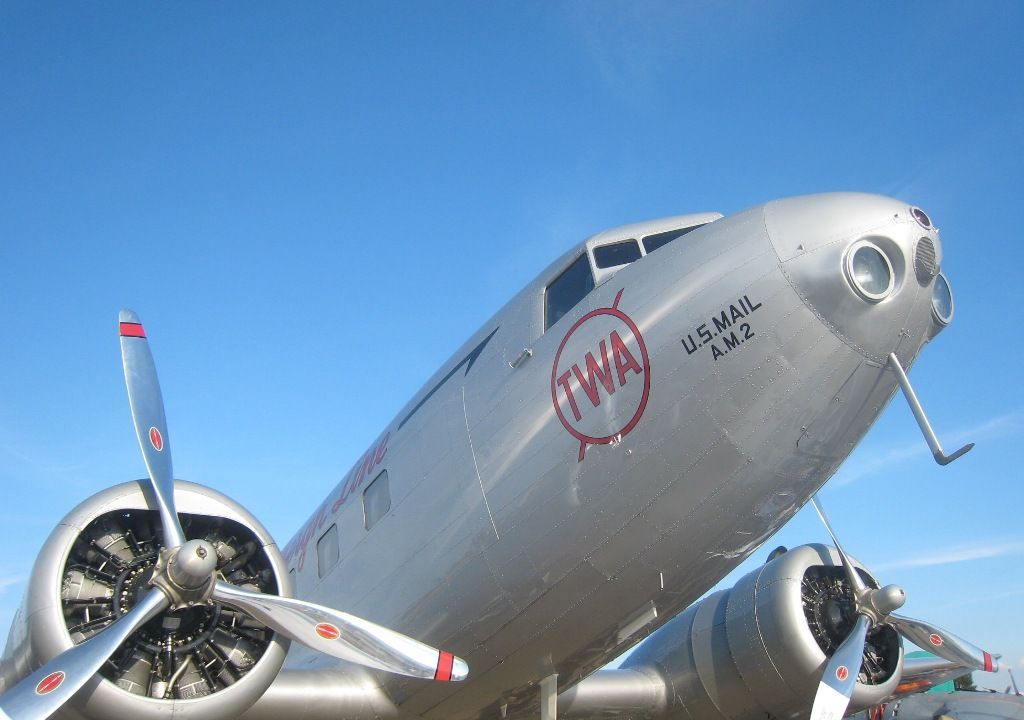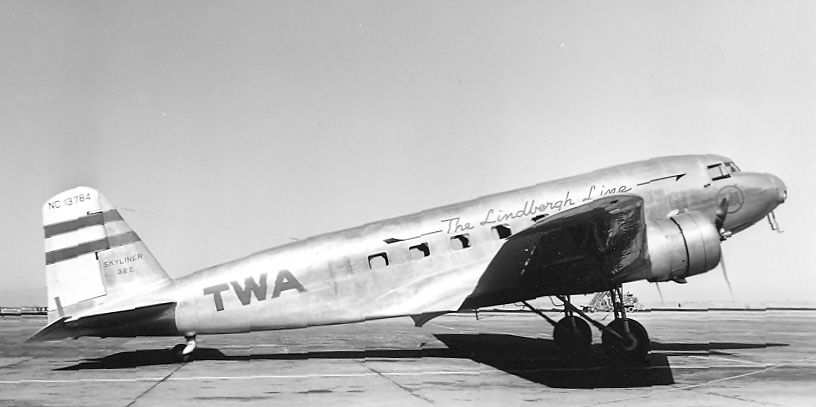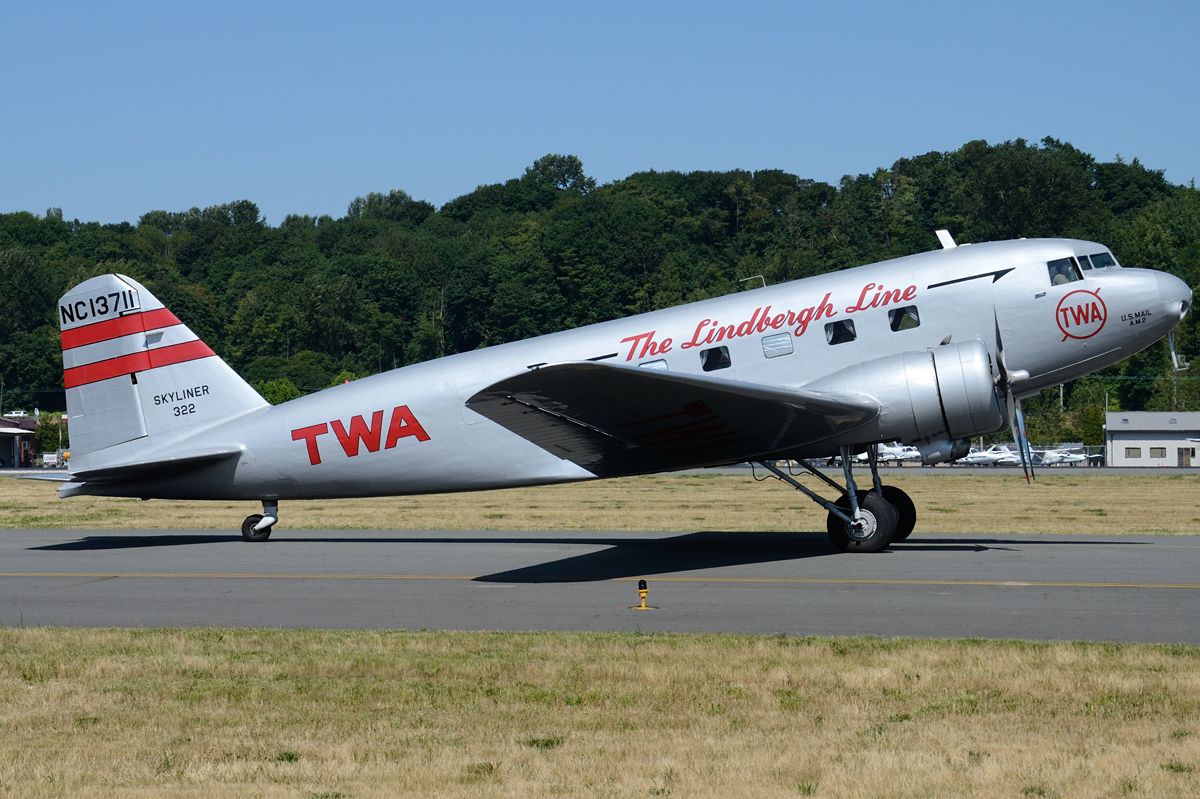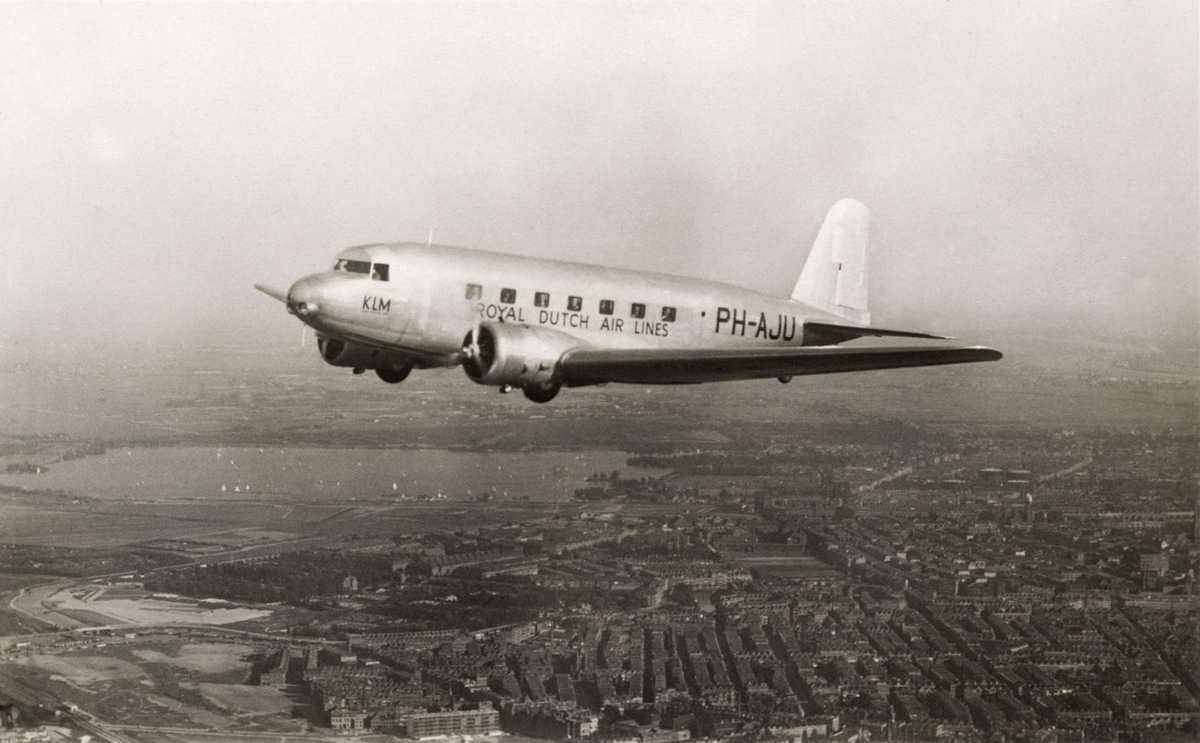On May 11, 1934, the Douglas DC-2, a revolutionary commercial aircraft, took to the skies for the first time. With the advent of this airliner, passengers could fly coast-to-coast from New York to Los Angeles without losing the business day – for the first time in the history of air travel. But that’s not all that made the DC-2 so spectacular.
An all-metal aircraft
The DC-2 was designed and built by the Douglas Aircraft Company in response to a request from Transcontinental and Western Air (TWA) – later, Trans World Airlines – for an aircraft with greater speed and range than their existing fleet. The airline also specified that they wanted a metal-skinned aircraft as the industry was starting to phase out wooden passenger planes, which were deemed unsafe.
At the time, rival carrier United Airlines had exclusive rights to another all-metal twin-engine aircraft, the Boeing 247. As such, TWA tasked Douglas with creating a plane that could compete with the former.
Love aviation history? Discover more of our stories here
And so, the twin-engine 14-seater DC-2 came to be. It was an improvement over the earlier DC-1 prototype, which had flown its maiden voyage less than a year prior. With a larger wing and fuselage, increased fuel capacity, and more powerful engines, the DC-2 was set to make a name for the Douglas Aircraft Company right from the get-go.
The DC-2 takes to the skies
Carl A. Cover, the chief test pilot for Douglas Aircraft Company, piloted the DC-2. The flight took off from Clover Field in Santa Monica, California, and lasted only 45 minutes. However, it was enough time to demonstrate the aircraft's impressive performance capabilities, including a top speed of 211 mph (339 km/h) and a range of 1,000 miles (1,609 km).
The DC-2's inaugural flight was significant not only for its technological advancements but also for its impact on the airline industry. The aircraft's superior speed and range allowed airlines to offer faster and more efficient air travel, revolutionizing the industry and making air travel more accessible to the general public.
Get the latest aviation news straight to your inbox: Sign up for our newsletters today.
Success and the development of the DC-3
Staying true to TWA’s request for greater speed and distance, the DC-2 achieved 19 American speed and distance records within the first six months of service. In the year following its first flight, the DC-2 became the first Douglas aircraft to receive the coveted Collier Trophy.
Soon, the DC-2 became a popular choice for airlines worldwide, becoming the first Douglas airliner to fly with a foreign airline: KLM used the DC-2 in the 1934 MacRobertson Trophy Air Race from London to Melbourne.
Did you know we also have an aviation YouTube channel here?
Between 1934 and 1937, 145 DC-2s were built before being succeeded by the DC-3. While the newer aircraft grew to become far more popular than its predecessor (607 DC-3s were made), its success was undoubtedly thanks to the DC-2, which paved the way not just for the DC-3 but also for airliners of that era.
Source: Boeing




